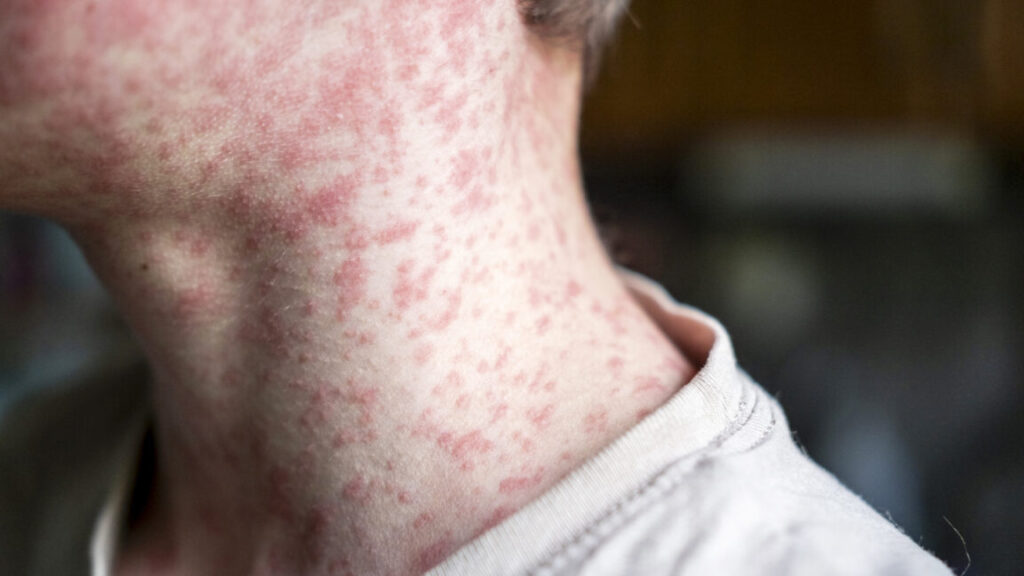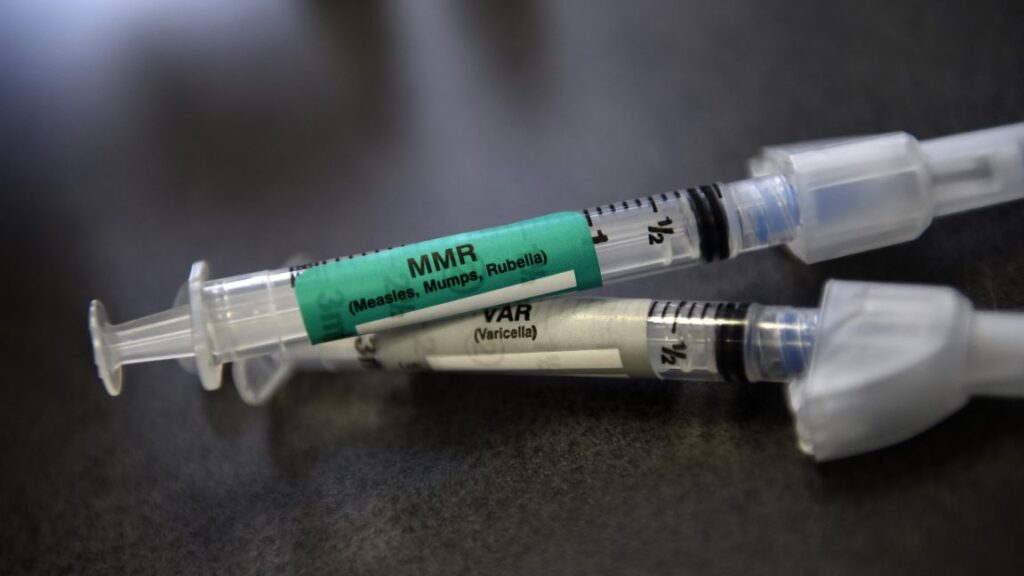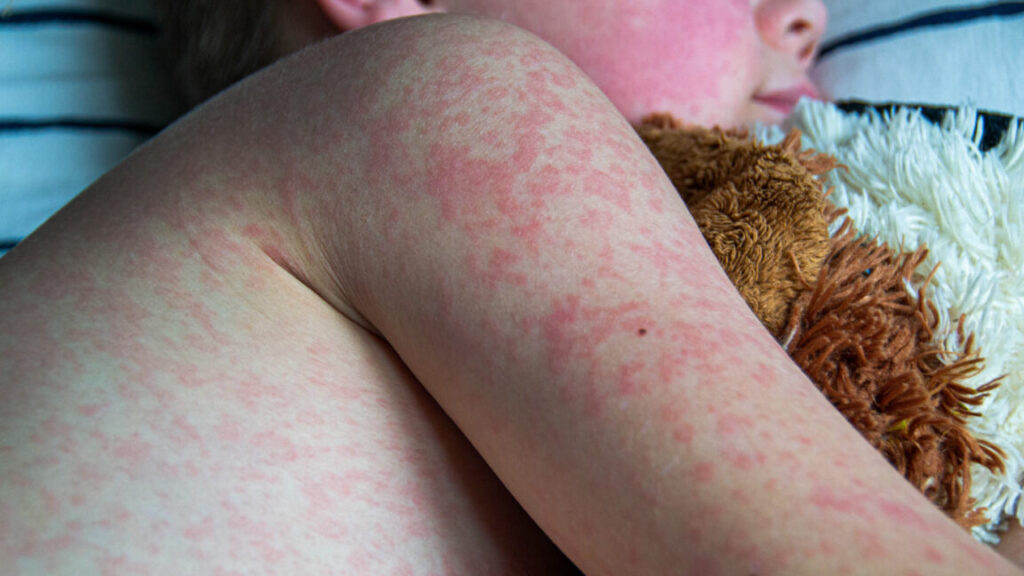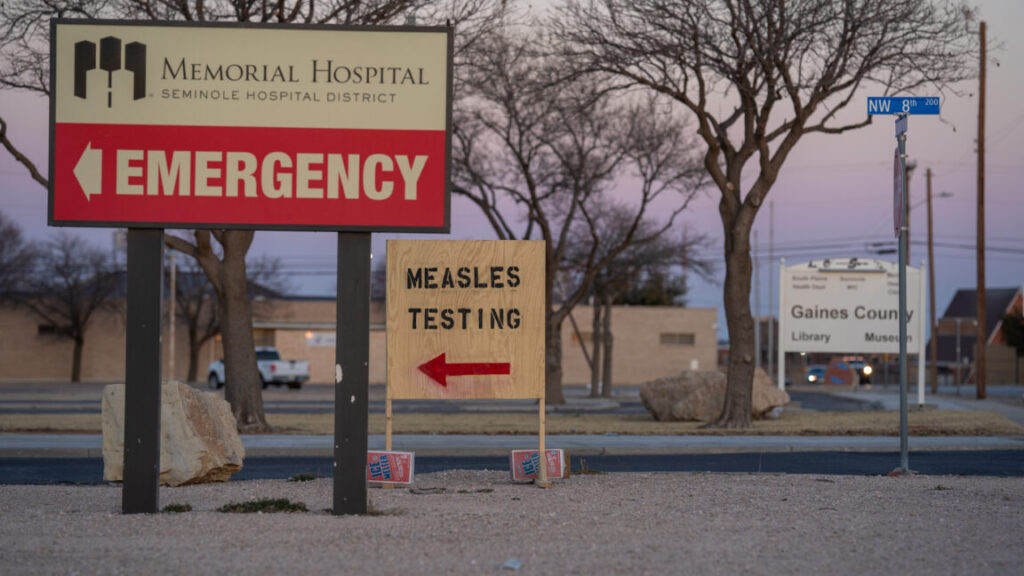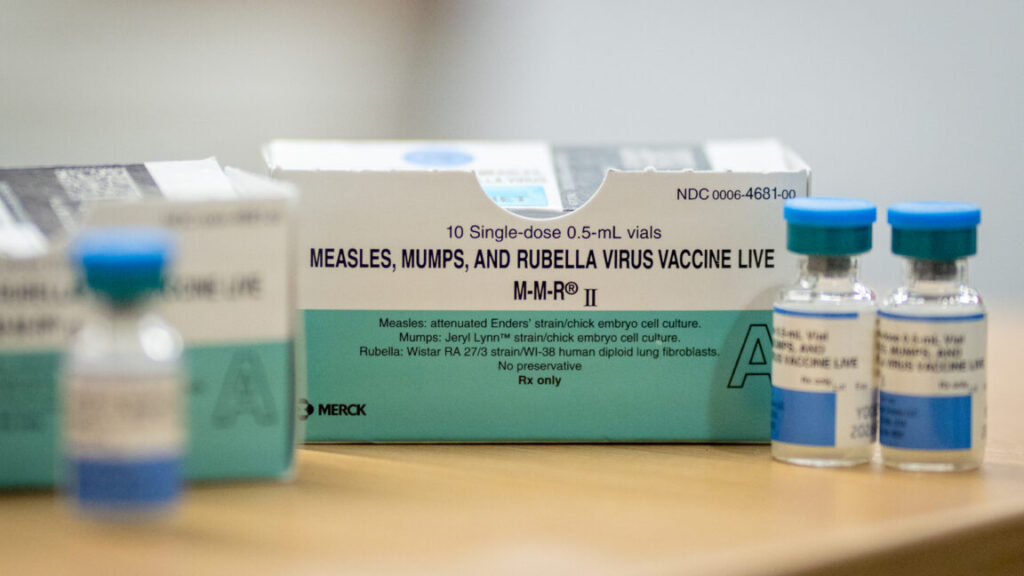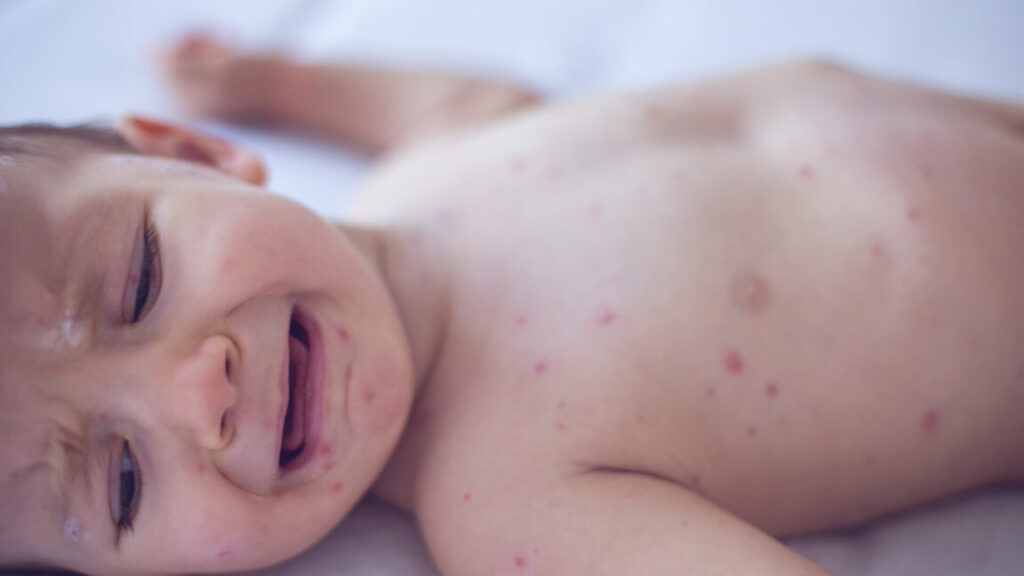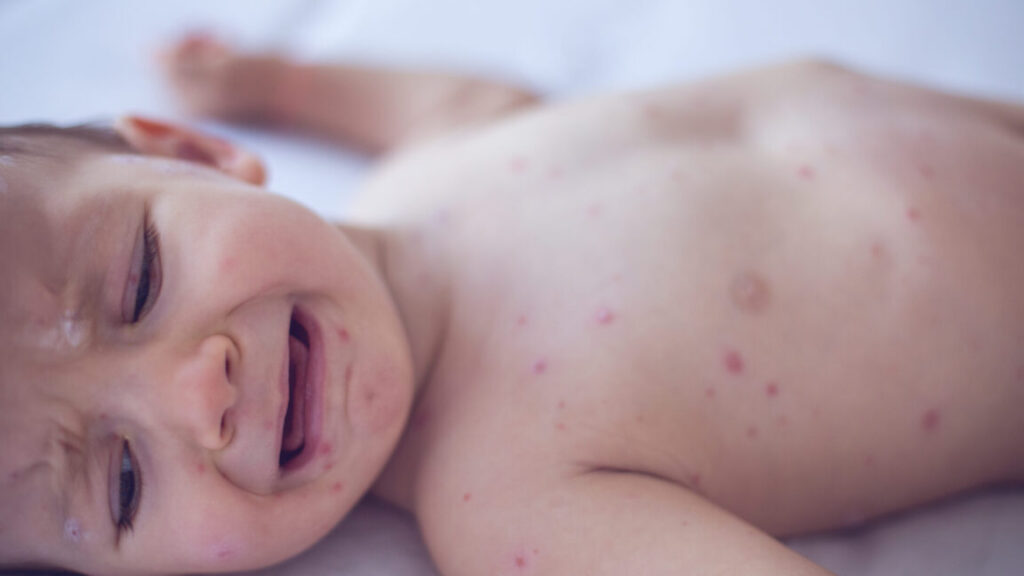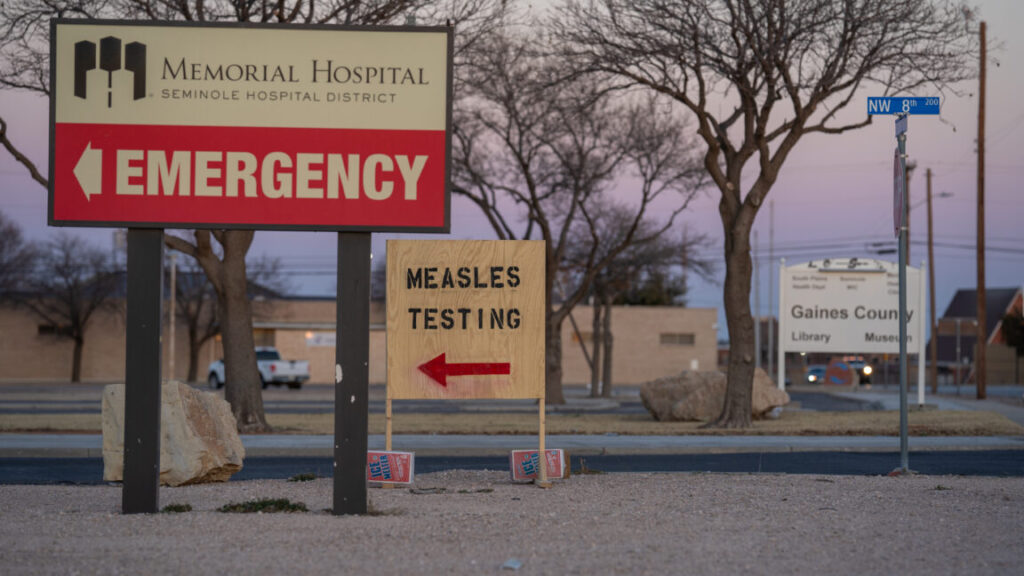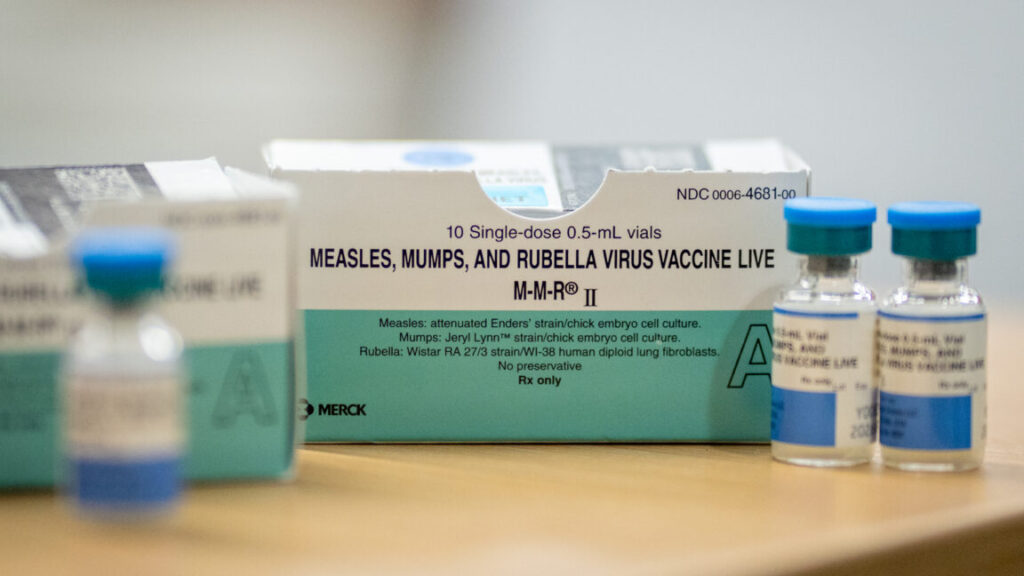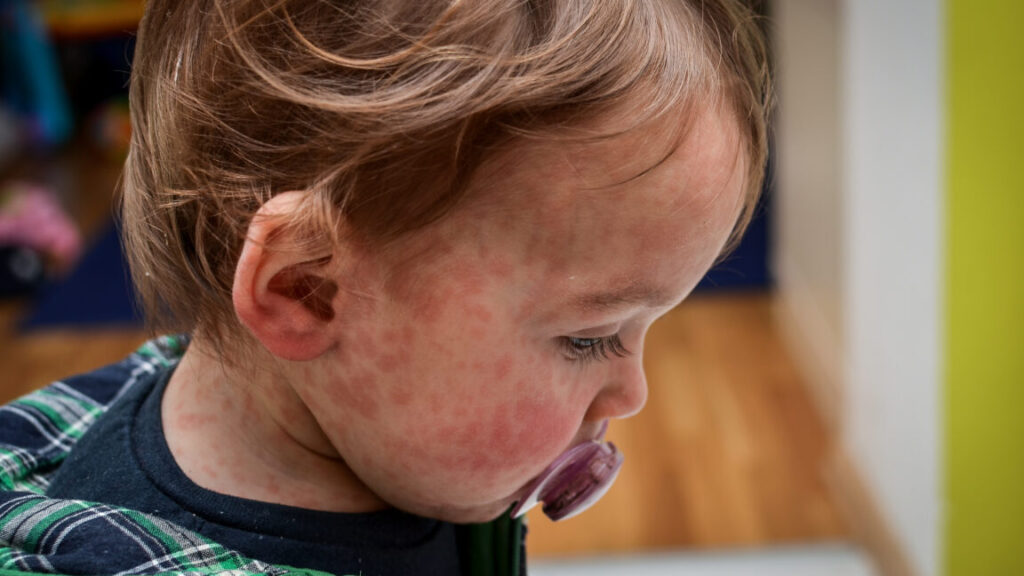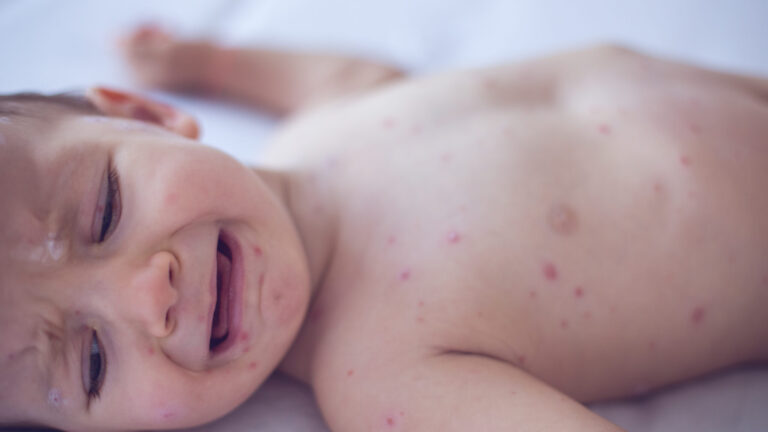Measles outbreak in SC sends 150 unvaccinated kids into 21-day quarantine
Health officials in South Carolina are warning that the highly infectious measles virus is spreading undetected in communities in the northern part of the state, specifically Spartanburg and Greenville counties.
Last week, officials in Greenville identified an eighth measles case that is potentially linked to the outbreak. Seven outbreak cases had been confirmed since September 25 in neighboring Spartanburg, where transmission was identified in two schools: Fairforest Elementary and Global Academy, a public charter school.
Across those two schools, at least 153 unvaccinated children were exposed to the virus and have been put in a 21-day quarantine, during which they are barred from attending school, state officials said in a press conference. Twenty-one days is the maximum incubation period, spanning from when a person is exposed to when they would develop a rash if infected.
It’s unclear how the latest case in Greenville became infected with the virus and how they may link to the nearby Spartanburg cases.
“What this case tells us is that there is active, unrecognized community transmission of measles occurring in the Upstate [northern region of South Carolina], which makes it vital to ensure that the public have received their measles vaccinations,” the South Carolina Department of Public Health said in an announcement.
The two recommended doses of the measles, mumps, and rubella (MMR) vaccine are about 97 percent effective at blocking the infection, and that protection is considered lifelong. Without that protection, the virus is extremely contagious, infecting 90 percent of unvaccinated people who are exposed. The virus spreads easily through the air, lingering in the airspace of a room for up to two hours after an infected person has left.
Measles outbreak in SC sends 150 unvaccinated kids into 21-day quarantine Read More »
